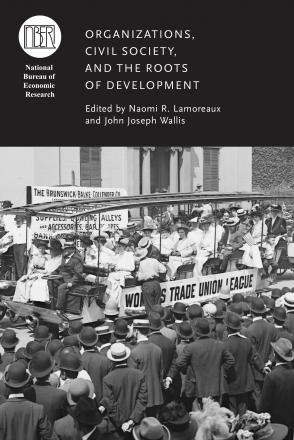The East Indian Monopoly and the Transition from Limited Access in England, 1600–1813

Many markets are limited by laws and customs enforced by political and religious authorities. North, Wallis, and Weingast (2009) argue that the transition from limited access requires a series of steps like rule of law for elites and the creation of perpetually lived organizations. This paper studies how these steps were taken in England in the case of the East Indian market. The East India Company had a legal monopoly over all trade between England and modern day India and China, but its privileges were far from secure. The monarchy and parliament authorized interlopers to enter the market and forced the Company to make loans to retain its monopoly. A secure monopoly only emerged in the mid-eighteenth century when political stability and fiscal capacity increased. The Indian monopoly only came to an end in 1813 because of the declining value of its customs, the growing influence of provincial manufacturing interests, and the assassination of the Prime Minister, which weakened the Company’s political connections.


